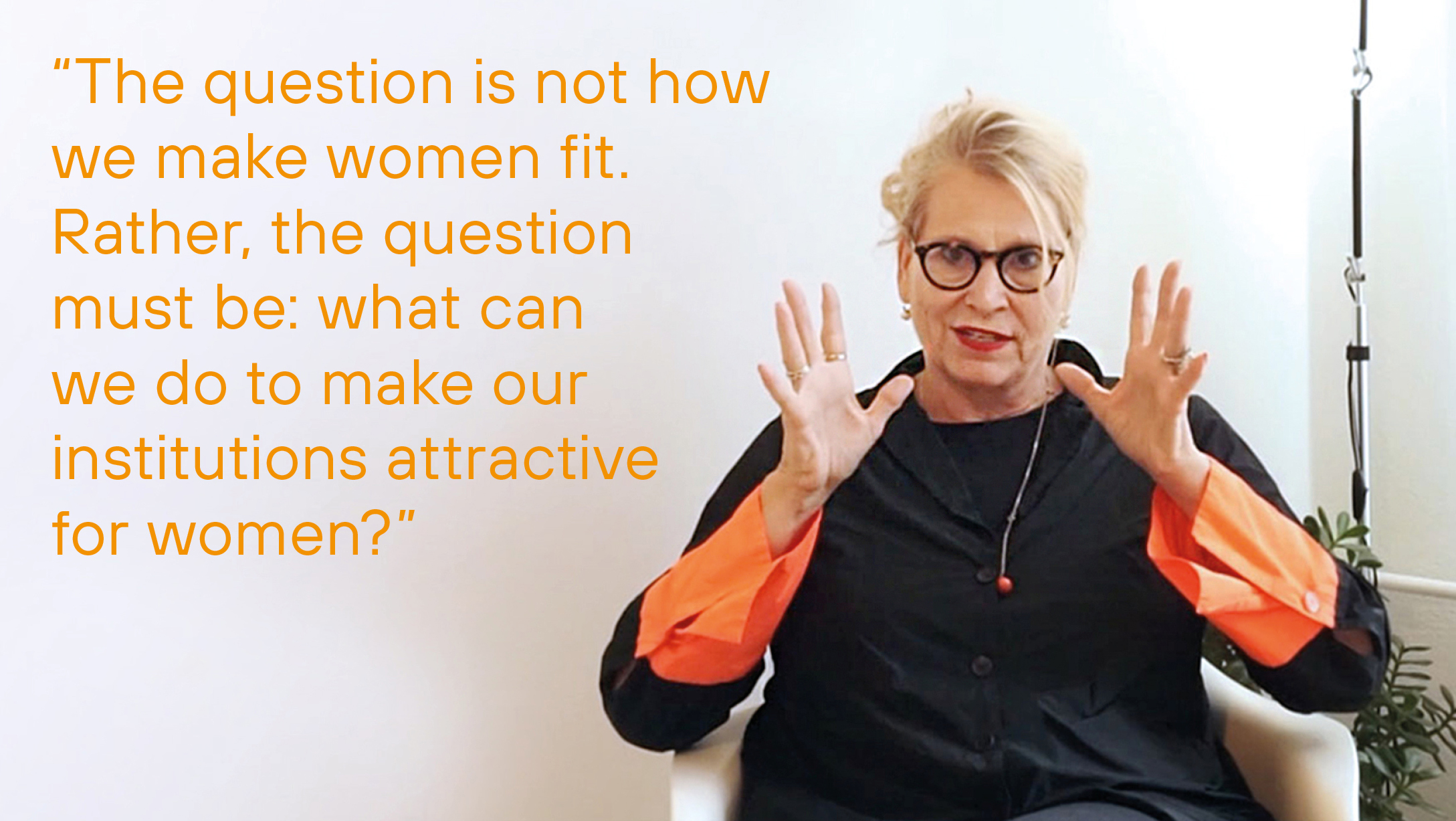In the online lunch talk of the Viadrina program “Women take the lead” designed by compassorange on January 20th, 2023, program participants discussed with Dr. Arn Sauer, co-director of the Federal Foundation for Equality on the following questions: What prevents and what promotes shared management? What are the respective advantages and disadvantages and which framework conditions are helpful? How can stumbling blocks be overcome to get the most out of it?
The event was opened by Katja Kraft, Viadrina Equal Opportunities Department, Equal Opportunities Officer and Deputy Head, the talk was moderated by Dr. Claudia Neusüß from compassorange.
Shared leadership is gaining interest on the part of employees and potential managers, but is not yet an issue for many companies, institutions and organizations. This has to do with job plans that do not allow for a division of jobs, but also with reservations, for example with regard to accessibility and the clear assumption of responsibility.
More women are working part-time overall also in leadership positions.
Shared leadership comes in different models, for example part-time management (as two part-time positions), shared management (as two full-time positions), or complementary in the division of labour.
This leads straight to how shared leadership can work well, namely with a transparent division of tasks that is continuously thought through and, if necessary, redefined, and through active exchange that maintains the necessary closeness in the leadership duo. Clear attendance, absence and substitution rules also support the functionality in organizational cooperation.
Also helpful: focused, active internal and external communication, the firm will to act as a team and to have external support for development in the management team if necessary (e.g. through management team coaching), to make each other look good, and to tackle potential areas of conflict and any attempts to play the team out from outside at an early stage.
Once it has been agreed who has which strengths and competencies, the management duo can use this capital, offer each other support, position themselves strongly and seamlessly represent each other during periods of absence such as illness or vacation. Because ideally, shared management also means double competence. Inquiries from outside can also address a person from the duo (more) specifically and according to their own needs.
Nevertheless, a management duo cannot avoid some basic requirements. There should be a natural fit (“the chemistry must be right” and “the matching must be delicate”) and there should be mutual trust. It takes energy for continuous negotiation and coordination processes and the motivation to deal actively with conflicts in order to resolve areas of tension.
A shared management position also enables those involved to take on several different tasks and draw fruit from them: to be active both in operational management and in research work, thus combining specialist and management positions. Because not everyone wants to give up the joy of research for an operational management position.
A stimulating event, many thanks to all participants!







